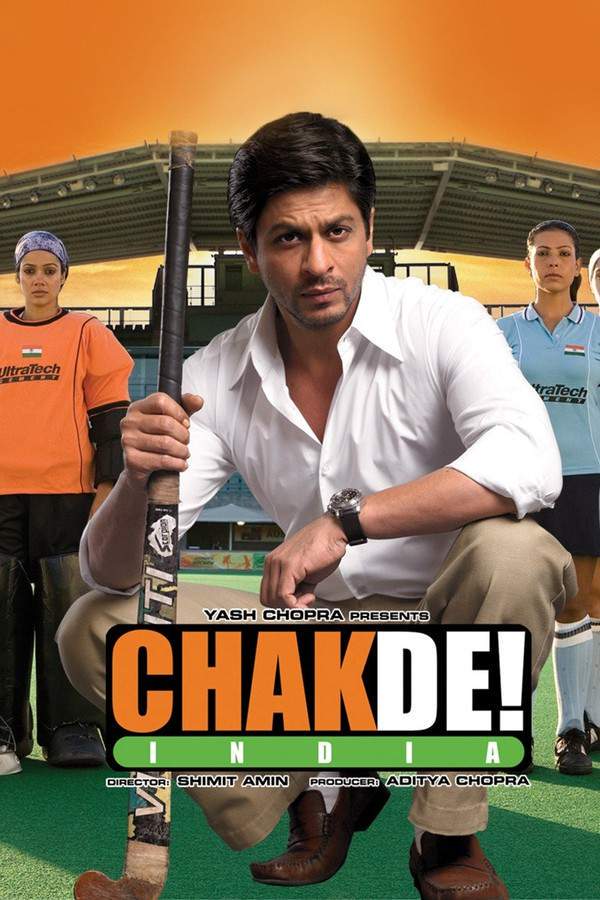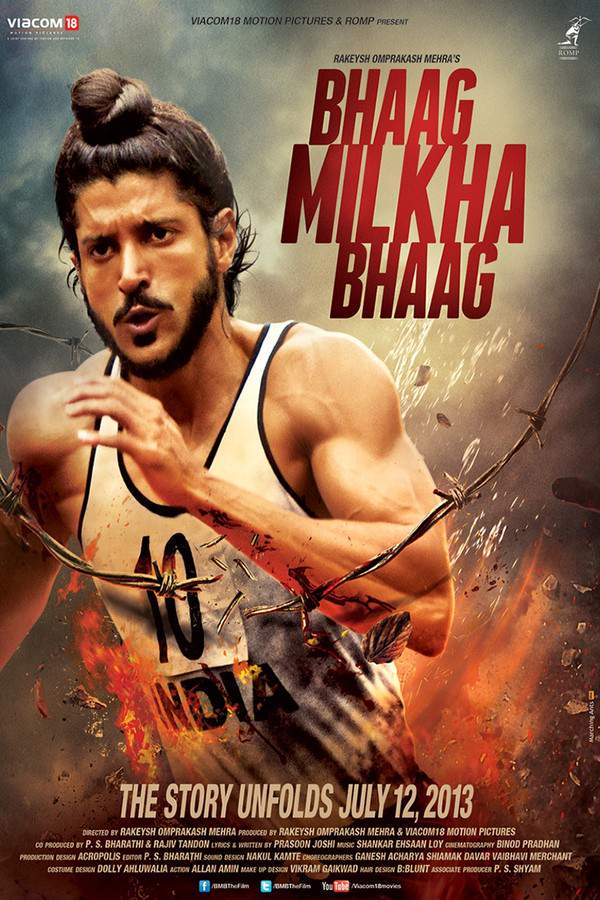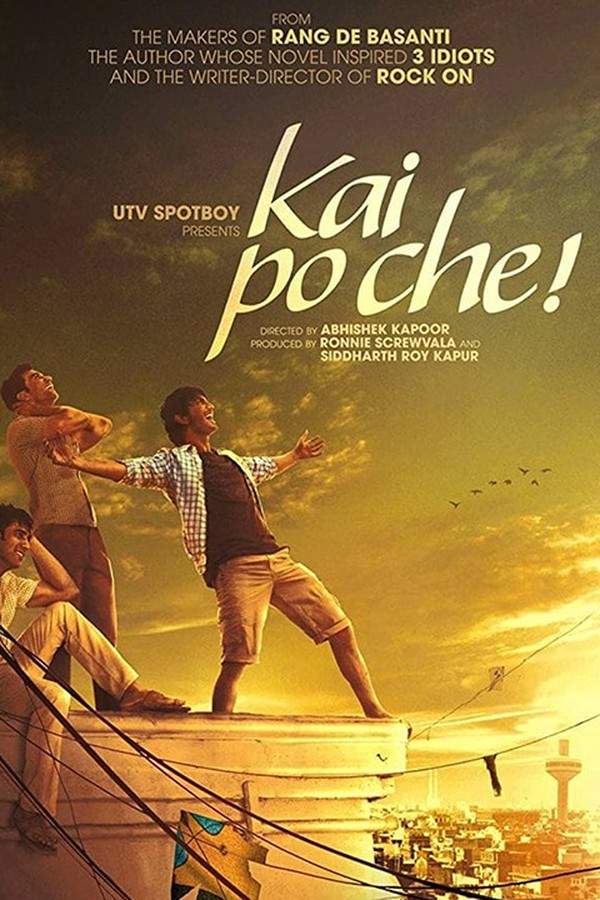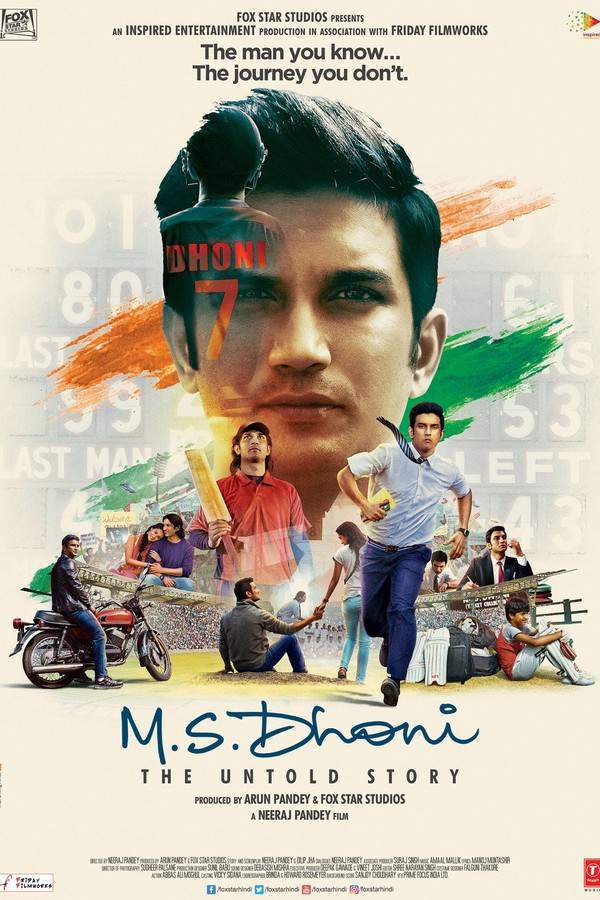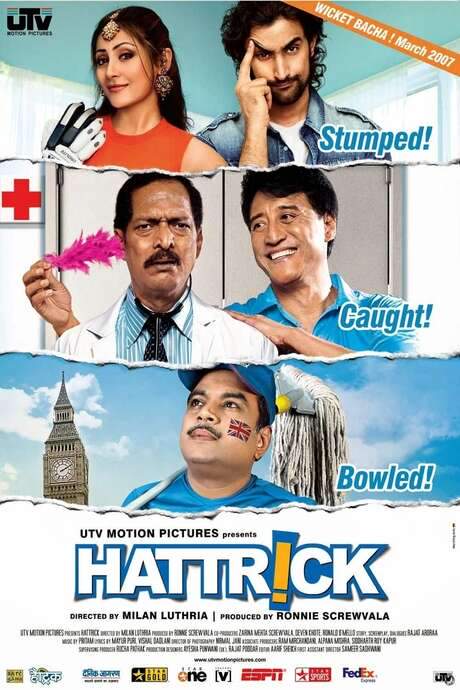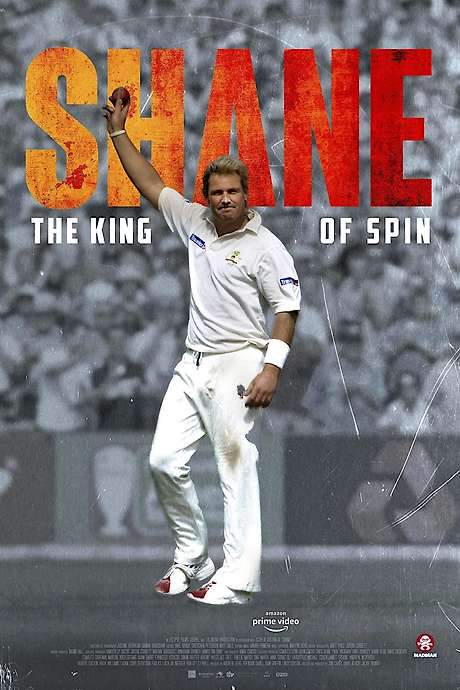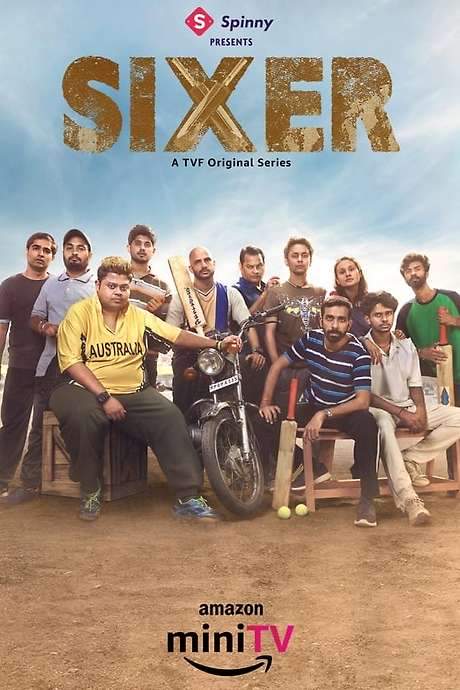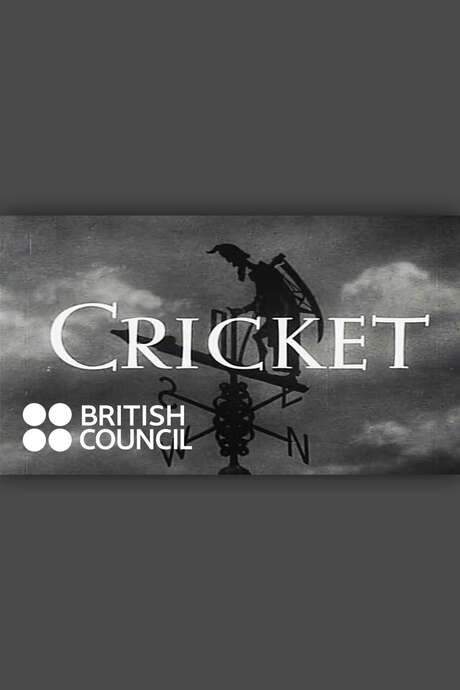Sachin 2017
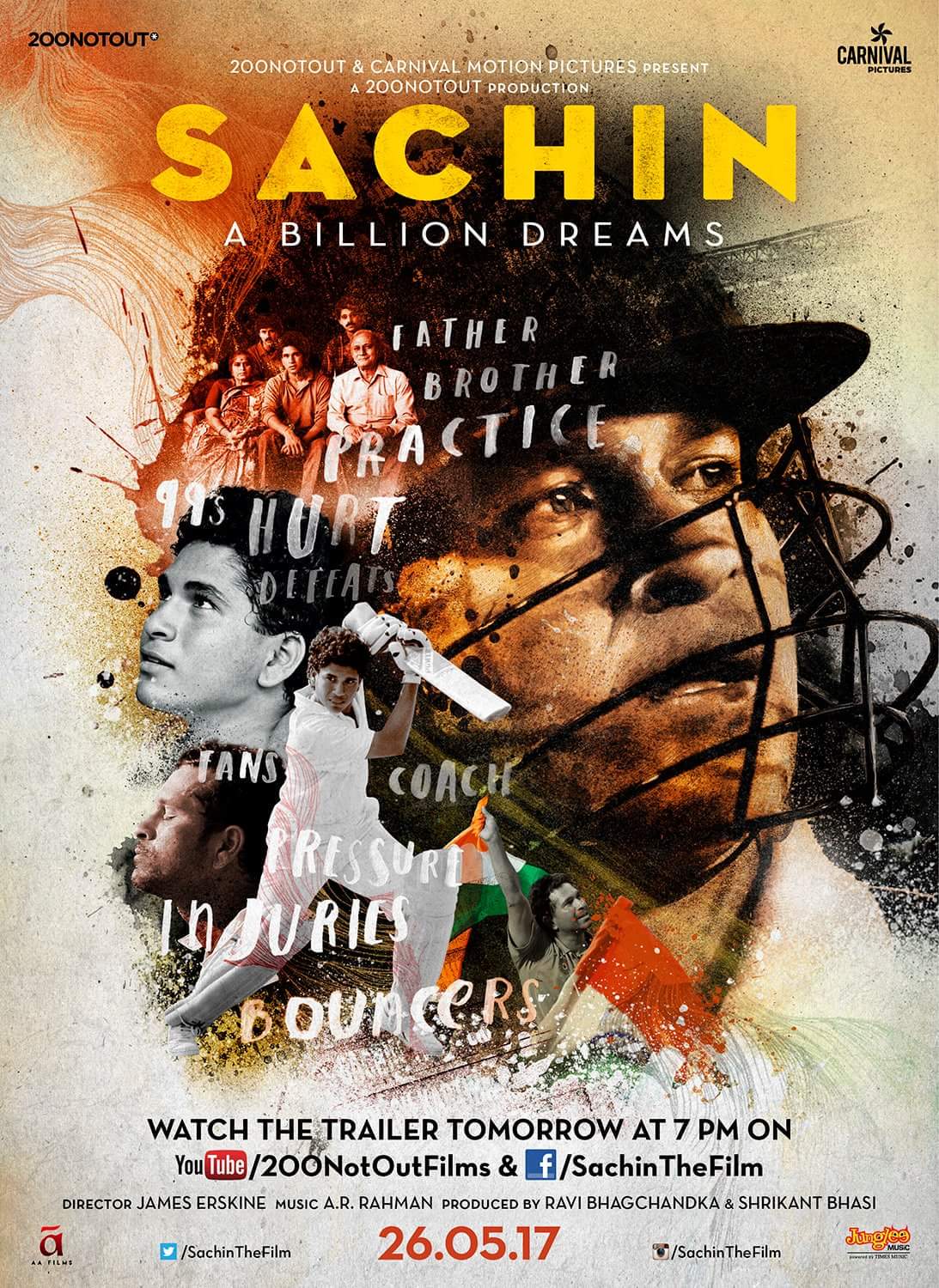
A young man named Sachin is inspired by the legendary cricketer who shares his name, developing a similar dedication to the sport. As he pursues his passion, he unexpectedly falls for an older woman, forging a surprising connection. Their relationship becomes a mirror, reflecting themes of love, personal growth, and the pursuit of dreams in an unconventional journey of self-discovery.
Does Sachin have end credit scenes?
No!
Sachin does not have end credit scenes. You can leave when the credits roll.
Meet the Full Cast and Actors of Sachin
Explore the complete cast of Sachin, including both lead and supporting actors. Learn who plays each character, discover their past roles and achievements, and find out what makes this ensemble cast stand out in the world of film and television.
No actors found
External Links and Streaming Options
Discover where to watch Sachin online, including streaming platforms, rental options, and official sources. Compare reviews, ratings, and in-depth movie information across sites like IMDb, TMDb, Wikipedia or Rotten Tomatoes.
Ratings and Reviews for Sachin
See how Sachin is rated across major platforms like IMDb, Metacritic, and TMDb. Compare audience scores and critic reviews to understand where Sachin stands among top-rated movies in its genre.

The Movie Echo Score
In terms of its overall presentation, Sachin: A Billion Dreams excels as a nostalgic sports documentary with robust emotional resonance. Reviewers highlight James Erskine’s measured pacing through career milestones alongside AR Rahman’s evocative compositions, which together support a consistent narrative arc. Occasional historical vignettes are noted as minor detours, but the film’s coherence and authenticity maintain audience engagement. Ultimately, it delivers a compelling celebration of Tendulkar’s journey with lasting appeal.
The Movie Echo Score Breakdown for Sachin

Art & Craft
In terms of art & craft, this film benefits from James Erskine’s focused direction and seamless editing. The cinematography integrates archival footage with recreated scenes through understated color grading, while AR Rahman’s score elevates key moments with measured intensity. The production design stays true to period detail without excess flourish, reinforcing the documentary’s authentic aesthetic. Overall, the visual and technical choices solidify its crafted presentation.

Character & Emotion
In terms of character and emotion, the documentary establishes a strong emotional resonance through Tendulkar’s own narration and archival interviews. The portrayal of his relationships, from familial support to team camaraderie, conveys depth and authenticity. Emotional sequences of personal struggle and World Cup moments are rendered with understated poignancy, fostering a genuine connection. Consequently, the film evokes sustained empathy for its central figure.

Story & Flow
In terms of story and flow, Sachin: A Billion Dreams offers a coherent narrative that progresses through key career milestones with measured pacing. The chronological structure, anchored by World Cup checkpoints, maintains engagement while allowing sufficient context for each era. Occasional transitions to broader historical events introduce minor digressions but do not significantly disrupt momentum. Overall, the film presents an accessible and engaging biographical arc.

Sensory Experience
In terms of sensory experience, AR Rahman’s musical compositions and authentic stadium chants create an immersive soundscape. Sound design integrates period-specific ambient atmospheres, from packed cricket grounds to intimate gatherings, enhancing the documentary’s immediacy. Visually, the blend of archival footage and contemporary cinematography is unified by subdued color grading, supporting a cohesive style. Together, these elements reinforce the film’s evocative sensory impact.

Rewatch Factor
In terms of rewatch factor, the documentary’s rich archival content and emotional narrative invite repeat viewings for fans of cricket history. The combination of key match highlights, personal anecdotes, and rhythmic score encourages rediscovery of memorable sequences. While non-fans may find limited novelty after an initial viewing, enthusiasts are likely to revisit the film to relive Tendulkar’s milestone moments. Overall, it maintains strong replay value within its audience.

8.5 /10
IMDb Rating

73
%
User Score

4.2
From 3K fan ratings
Take the Ultimate Sachin Movie Quiz
Challenge your knowledge of Sachin with this fun and interactive movie quiz. Test yourself on key plot points, iconic characters, hidden details, and memorable moments to see how well you really know the film.
Sachin: The Cricket Maestro Quiz: Test your knowledge about the life and career of legendary cricketer Sachin Tendulkar as portrayed in the documentary.
Who was Sachin's first mentor in cricket?
Rajani
Nitin
Ajit
Ramakanth Achrekar
Show hint
Full Plot Summary and Ending Explained for Sachin
Read the complete plot summary of Sachin, including all major events, twists, and the full ending explained in detail. Explore key characters, themes, hidden meanings, and everything you need to understand the story from beginning to end.
Sachin was a spirited boy who often disregarded the advice of his mother, Rajani. His father, a Marathi professor, had a profound influence, but it was his elder brother, Nitin, who managed to keep him in check during his childhood antics. Sachin’s on-field determination is largely attributed to the values instilled by his mother. His elder sister, Savita, played a significant role in his early love for cricket, presenting him with his very first cricket bat.
In 1983, Sachin ventured into the world of gully cricket, where Ajit recognized his potential and offered guidance, truly understanding the young boy’s emotions. Ajit introduced Sachin to Ramakanth Achrekar, a pivotal figure in his cricketing journey. Initially nervous, Sachin soon found his rhythm under Ramakanth’s watchful eye, who emphasized that personal glory should always take a backseat to team success. As a form of encouragement, each time Sachin performed well, he was rewarded with money for a beloved treat, Vada Pao.
During his formative years, Sachin established a remarkable partnership with Vinod Kambli, setting a world record in school cricket and making a name for himself in the Mumbai cricketing scene. By the age of 14, he had made his mark in the Ranji Trophy, and just two years later, in 1989, Sachin was selected to represent India. This period also marked increasing tensions due to rising militancy in Kashmir as he faced off against formidable Pakistani bowlers such as Wasim Akram, Waqar Younis, and Imran Khan. Despite an unfortunate start with a dismal performance in his first test, legendary cricketer Ravi Shastri encouraged him to embrace challenges, even suggesting he practice without a helmet to toughen himself up.
In a dramatic twist, after getting injured when Wasim broke his nose, Sachin persevered and scored 57 runs, effectively saving the match for India. Soon after, he showcased his formidable talent by hitting Abdul Qadir for 4 sixes in an exhibition match, marking a turning point in his budding career. By 1996, after a historic series in England, he made headlines with his explosive performances and quickly became a household name.
It was during this trajectory that he met Anjali at the Mumbai airport, igniting a romance that would flourish into marriage, with Anjali ultimately choosing to step away from her medical career to support Sachin. Unfortunately, in the 1996 World Cup, heartbreak struck when India faced Sri Lanka, leading to riots after Sachin’s half-century contributed to the team’s collapse.
In a notable highlight, Sachin took on the captaincy of the Indian team at just 22. Early victories were overshadowed by a series of losses, casting doubt on whether he was suited for the role. Tensions grew as he felt Azharuddin was undermining the team’s unity. His captaincy reached a low point during a test match in the West Indies, resulting in his resignation.
Through these tribulations, Anjali remained a steadfast source of support, while Sachin continued to develop custom gear that better suited his playing style. The year 1998 was pivotal as Sachin’s rivalry with Shane Warne captivated the nation. After an initial setback, Sachin rebounded spectacularly, scoring 155 not out, and later leading India to triumph in the Sharjah Cup, a match that showcased his unmatched skills.
In 1999, during the World Cup in London, Sachin received the devastating news of his father’s passing just before a crucial match against Zimbabwe. In the subsequent years, pressure mounted with scandals and injuries, including a tennis elbow setback and a broken toe. Despite this, his will to return to the game remained unbroken as he trained rigorously.
After facing immense challenges and intense scrutiny, including controversial coaching under Greg Chappell, Sachin steeled himself for the 2011 World Cup, determined to secure a victory for himself and India. With perseverance, he scored centuries against tough teams, leading the Indian squad to a climactic final against Sri Lanka. Despite a disappointing early dismissal, Sachin’s hopes were fulfilled when his team clinched victory after 28 long years.
Over his illustrious career, Sachin amassed an incredible total of 100 international centuries, retiring with an emotional farewell after achieving an unparalleled 34,357 runs. In recognition of his remarkable accomplishments, he was awarded the Bharat Ratna in 2014, sealing his legacy as one of the greatest cricketers of all time.
Uncover the Details: Timeline, Characters, Themes, and Beyond!

Coming soon on iOS and Android
The Plot Explained Mobile App
From blockbusters to hidden gems — dive into movie stories anytime, anywhere. Save your favorites, discover plots faster, and never miss a twist again.
Sign up to be the first to know when we launch. Your email stays private — always.
Watch Trailers, Clips & Behind-the-Scenes for Sachin
Watch official trailers, exclusive clips, cast interviews, and behind-the-scenes footage from Sachin. Dive deeper into the making of the film, its standout moments, and key production insights.
Sachin Themes and Keywords
Discover the central themes, ideas, and keywords that define the movie’s story, tone, and message. Analyze the film’s deeper meanings, genre influences, and recurring concepts.

Unlock the World of Movies with Our Comprehensive Wiki
Dive into our Movie Wiki for in-depth film encyclopedia entries, including cast biographies, production trivia, plot synopses, behind-the-scenes facts, and thematic analyses. Whether you’re researching iconic directors, exploring genre histories, or discovering hidden easter eggs, our expertly curated movie database has everything you need to fuel your cinematic passion.

Similar Movies To Sachin You Should Know About
Browse a curated list of movies similar in genre, tone, characters, or story structure. Discover new titles like the one you're watching, perfect for fans of related plots, vibes, or cinematic styles.
Quick Links: Summary, Cast, Ratings, More

What's After the Movie?
Not sure whether to stay after the credits? Find out!
Explore Our Movie Platform
New Movie Releases (2026)
Famous Movie Actors
Top Film Production Studios
Movie Plot Summaries & Endings
Major Movie Awards & Winners
Best Concert Films & Music Documentaries
Movie Collections and Curated Lists
© 2026 What's After the Movie. All rights reserved.














